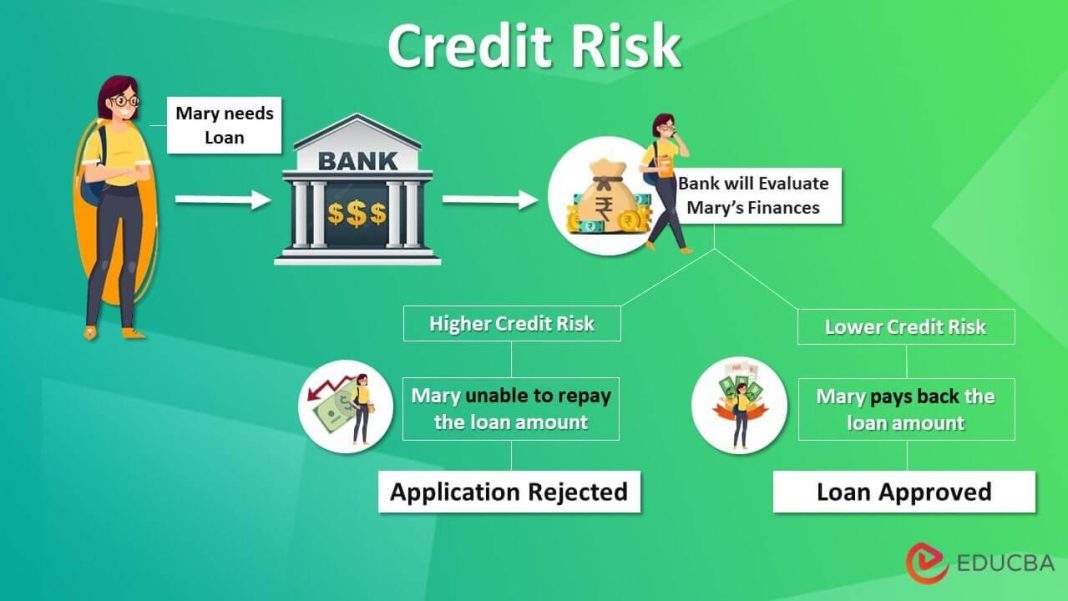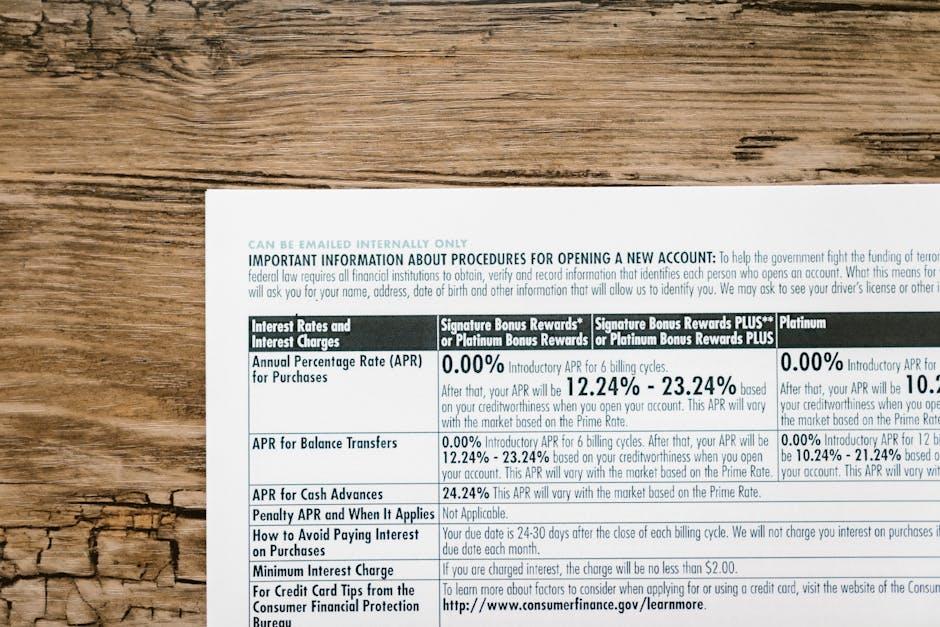In the intricate world of finance, where numbers dance and decisions hold the weight of futures, credit risk assessment stands as a sentinel, guarding against the specter of uncertainty. Yet, even the most seasoned gatekeepers can falter, tripping over seemingly innocuous missteps that ripple into financial upheaval. As we delve into the labyrinth of credit risk assessment, this article unveils the common pitfalls that lurk in the shadows, ready to ensnare the unwary. With an authoritative lens, we will dissect these errors, shedding light on the subtle nuances that distinguish sound judgment from costly oversight. Join us on this journey as we navigate the complexities of credit risk, armed with the knowledge to transform potential pitfalls into stepping stones of financial acumen.
Misjudging Borrower Capacity Analyzing Financial Health with Precision
In the intricate world of credit risk assessment, one of the most pervasive errors is the oversight of a borrower’s true financial capacity. Lenders often rely on superficial metrics or outdated financial statements, leading to a skewed perception of the borrower’s ability to meet their obligations. Precision in analyzing financial health is paramount, yet many fall into the trap of making assumptions based on incomplete data. To mitigate this, it’s crucial to delve deeper into the borrower’s financial landscape, examining not just the numbers but the context behind them.
- Overlooking Cash Flow: While income statements and balance sheets provide a snapshot, cash flow analysis reveals the ongoing liquidity and operational efficiency of a borrower.
- Ignoring Market Conditions: Economic fluctuations and industry-specific challenges can drastically alter a borrower’s financial standing, making it essential to consider external factors.
- Neglecting Credit History: A comprehensive review of past credit behavior can offer insights into future performance, yet it is often underutilized in risk assessments.
By adopting a holistic approach and utilizing advanced analytical tools, lenders can significantly enhance their accuracy in evaluating borrower capacity, thereby reducing the likelihood of costly misjudgments.
Overlooking Market Volatility Navigating Economic Shifts with Agility
In the dynamic landscape of credit risk assessment, professionals often fall prey to common pitfalls that can skew their evaluations. Neglecting market volatility is a critical oversight. As economic conditions shift, the underlying assumptions of creditworthiness can change rapidly. This requires a nimble approach, one that incorporates real-time data and market trends. Analysts must avoid relying solely on historical data, which can be misleading in the face of abrupt economic changes.
Another frequent mistake is the underestimation of sector-specific risks. Each industry responds differently to economic shifts, and failing to account for these nuances can lead to inaccurate risk assessments. Consider the following strategies to enhance your agility in this arena:
- Regularly update risk models to reflect current market conditions.
- Incorporate stress testing to evaluate potential impacts of extreme market events.
- Leverage technology and data analytics for more precise forecasting.
By addressing these common errors, professionals can enhance their credit risk assessments, ensuring they remain robust and relevant in an ever-evolving economic environment.
Neglecting Data Quality Ensuring Robust and Reliable Information
In the intricate world of credit risk assessment, one of the most critical missteps is overlooking the significance of data quality. When the foundation of your analysis is built on unreliable data, the results are inherently flawed, leading to misguided decisions that can have far-reaching consequences. To ensure robust and reliable information, it is imperative to focus on several key aspects:
- Data Accuracy: Always verify the accuracy of the data collected. Inaccurate data can skew risk assessments and lead to incorrect credit evaluations.
- Data Completeness: Incomplete datasets can result in a partial view of the risk landscape. Ensure that all necessary data points are collected and included in the analysis.
- Data Consistency: Maintain uniformity in data collection and processing methods. Inconsistent data can create discrepancies and undermine the credibility of your assessments.
- Data Timeliness: Utilize the most current data available. Outdated information can lead to assessments that do not reflect the present risk environment.
By prioritizing these elements, financial institutions can avoid the pitfalls of poor data quality and enhance the reliability of their credit risk assessments, ultimately safeguarding their decision-making processes.
Ignoring Emerging Risks Proactively Identifying Future Threats
In the fast-paced world of finance, overlooking the significance of emerging risks can be a costly mistake. As financial landscapes evolve, new threats often lurk just beyond the horizon, waiting to disrupt the status quo. Proactive identification of these potential threats is not just prudent; it’s essential for maintaining a robust credit risk assessment strategy. By focusing on future threats, financial institutions can build a resilient framework that anticipates and mitigates risks before they materialize.
- Over-reliance on historical data: While past performance can offer insights, it is not always a reliable predictor of future risks. Emerging threats often stem from unprecedented events or shifts in market dynamics.
- Neglecting technological advancements: Rapid technological changes can introduce new vulnerabilities. Staying updated with the latest tech trends and potential cyber threats is crucial.
- Ignoring geopolitical shifts: Political instability and regulatory changes can have profound impacts on credit risk. Keeping an eye on global developments can help preemptively identify potential threats.
By incorporating these strategies, financial institutions can move beyond traditional methods and develop a forward-thinking approach that safeguards against unforeseen challenges.





